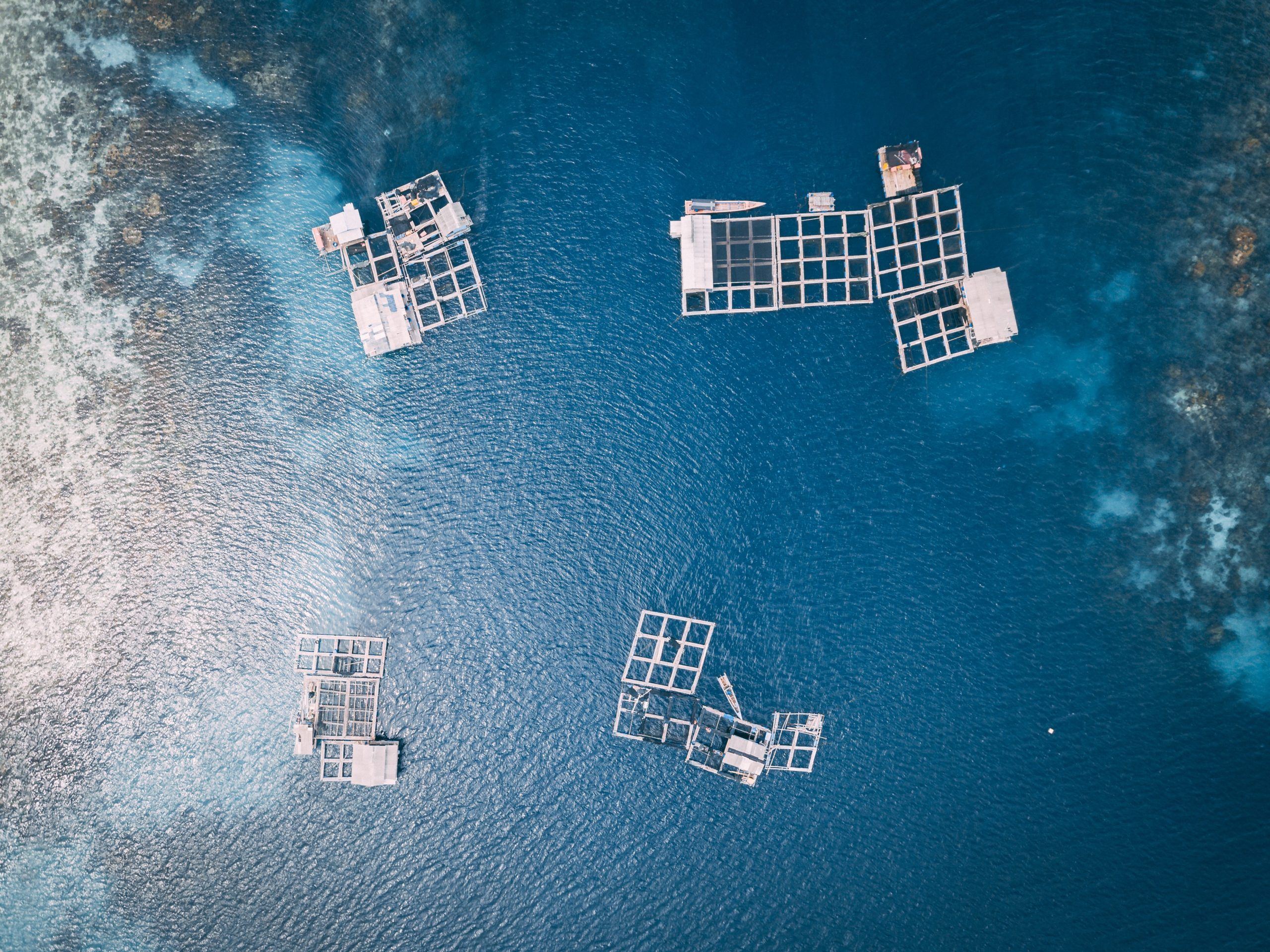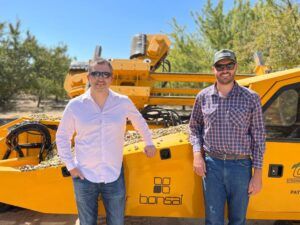The USDA recently released the results of its 2018 Census of Aquaculture and the data is promising for the growing industry. The survey was performed to expand on data the USDA collected in 2017 and to provide a more comprehensive view of the aquaculture sector in the US.
Sales of aquaculture products during the year totaled $1.5 billion, marking a 10.5% increase over the five prior years. The number of aquaculture firms, however, decreased 5% during that same timeframe, totaling only 2,932. Slightly over half of aquaculture sales are concentrated in five states: Mississippi, Washington, Louisiana, Virginia, and California. Aquaculture farms averaged $516,944 in sales, with Mississippi leading the nation in 2018 with $216 million in total sales.
As for specific types of seafood, catfish led the fish category with sales totaling $366.8 million, accounting for 51% of all aquaculture food and fish sales in 2018 alone. Oyster sales totaled $284.9 million, accounting for 64% of mollusk sales in 2018 alone. Mollusks totaled $441.8 million, increasing 34%, while crustacean sales totaled $100.4 million, up 18%.
The US is on trend with the global growth in aquaculture production. According to the UN FAO’s 2018 State of the World Fisheries and Aquaculture report, global aquaculture production increased from 154 million tons in 2011 to 170.9 tons in 2016. The data also showed that aquaculture is starting to gain pace with wild capture-based production systems and that it is becoming a big player in satisfying the world’s growing appetite for seafood. Capture production decreased slightly between 2011 and 2016 from 92.2 million tons to 90.9 million tons, while aquaculture increased from 61.8 million tons to 80 million tons.
The UN’s report did paint a dire picture of the world’s overfishing problem, however, with the percentage of biologically unsustainable fishing increasing from 10% in 1974 to 33.1% in 2015, with the largest increases happening in the late 1970s and 1980s.
Fortunately, a number of aquaculture startups and players are fishing for ways to use technology to alleviate some of this pressure while making aquaculture more productive and profitable. The past few years have seen a number of fundings in the aquaculture space as well as broader initiatives to define the ecosystem. Just this month, fish and animal feed additives company Adisseo opened a new aquaculture R&D center in Singapore. Last year, an aquaculture-focused accelerator program called HATCH also launched.
In 2019, aquaculture-focused firm Aqua-Spark invested in two aquaculture startups, BioFishency and Molofeed, while Indian VC firm Omnivore and HATCH invested in AI-enabled farm management platform Aquaconnect. In 2018, VisVires New Protein invested in Israeli startup ViAqua to combat viral infections in aquaculture while Norwegian fish feed optimization startup CageEye also captured funding from dedicated Norwegian VC fund Aqua-Spark. Asian aquaculture automation startup Umitron raised $11 million from the Japanese government-backed Innovation Network Corporation of Japan and others.




